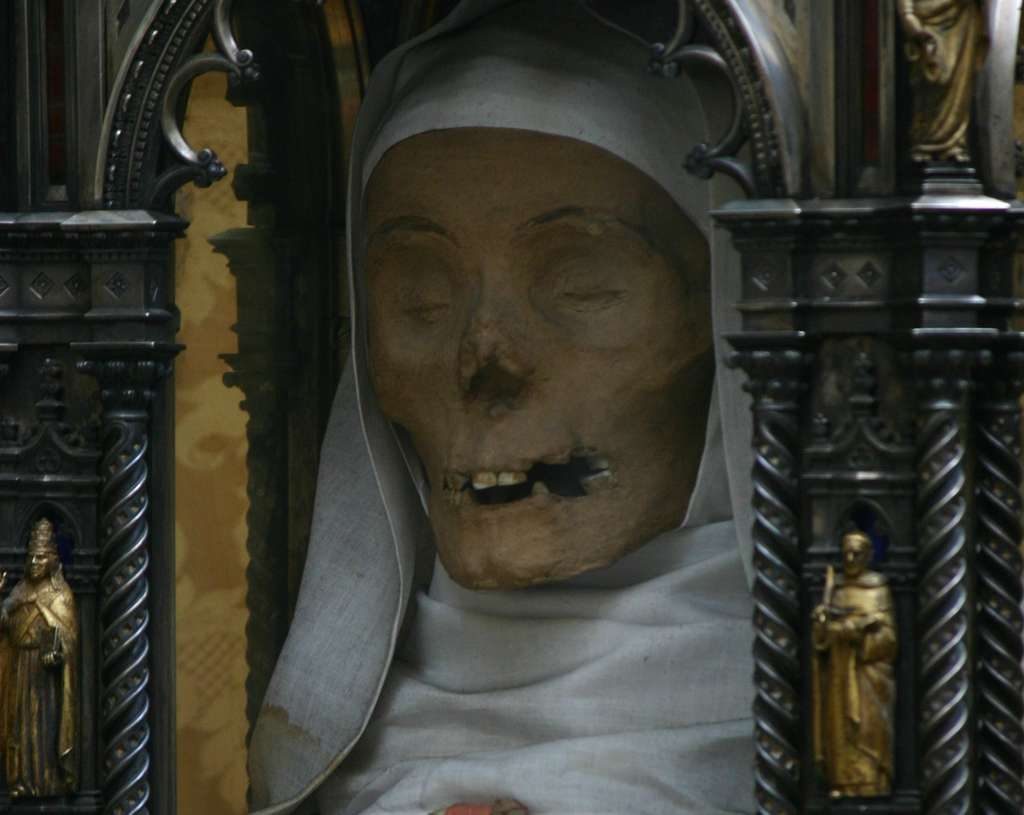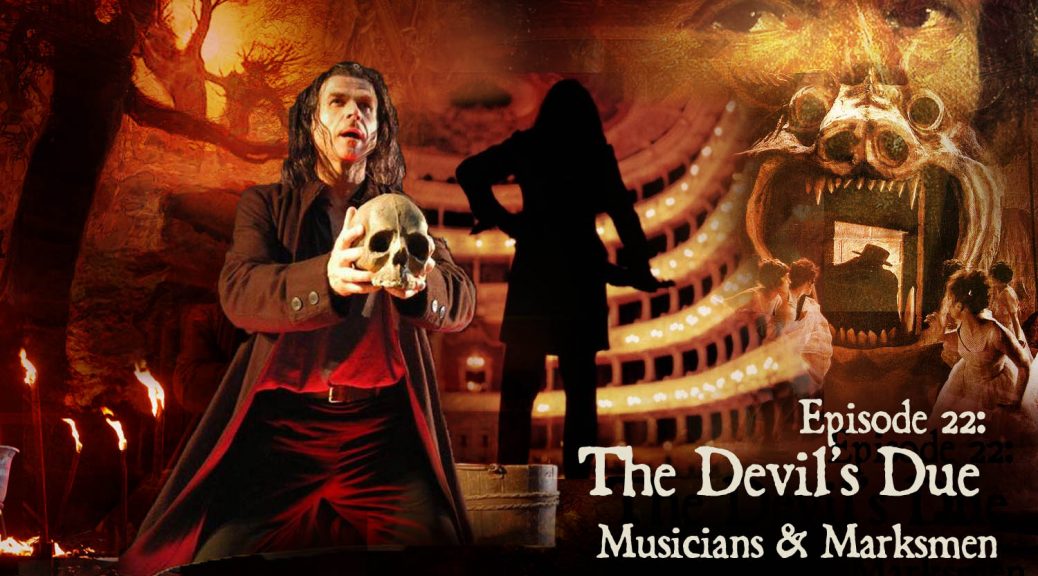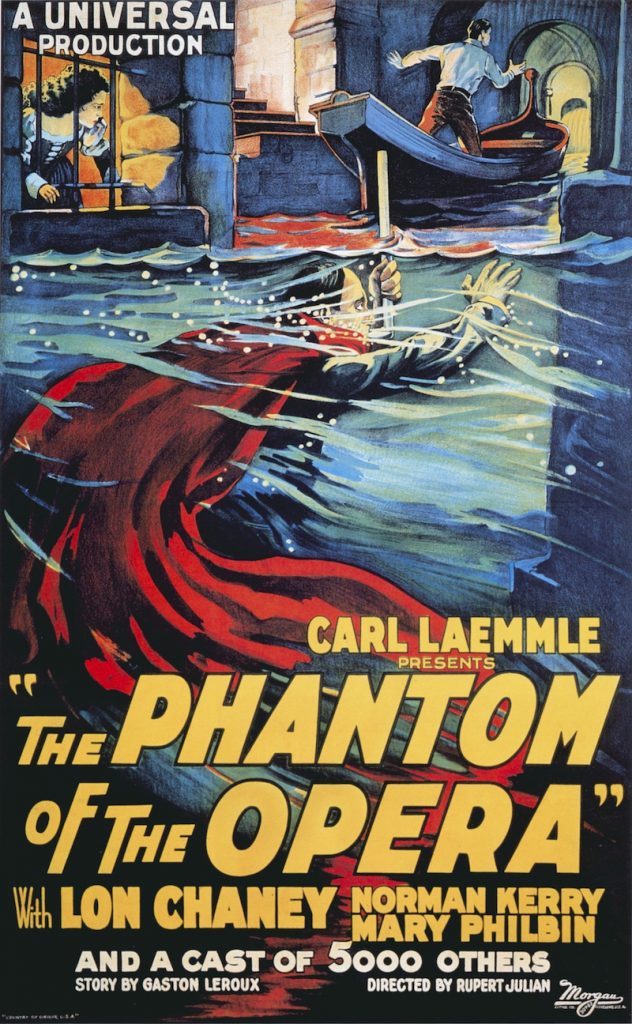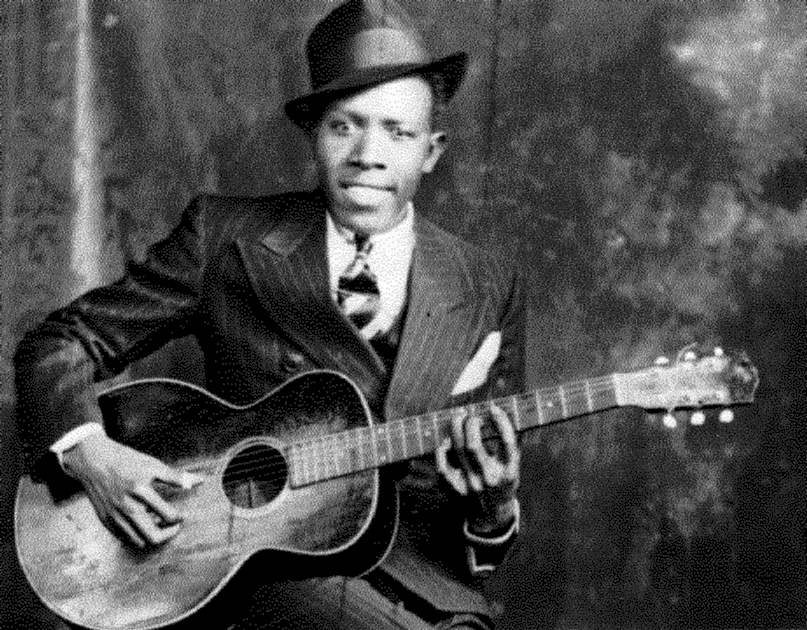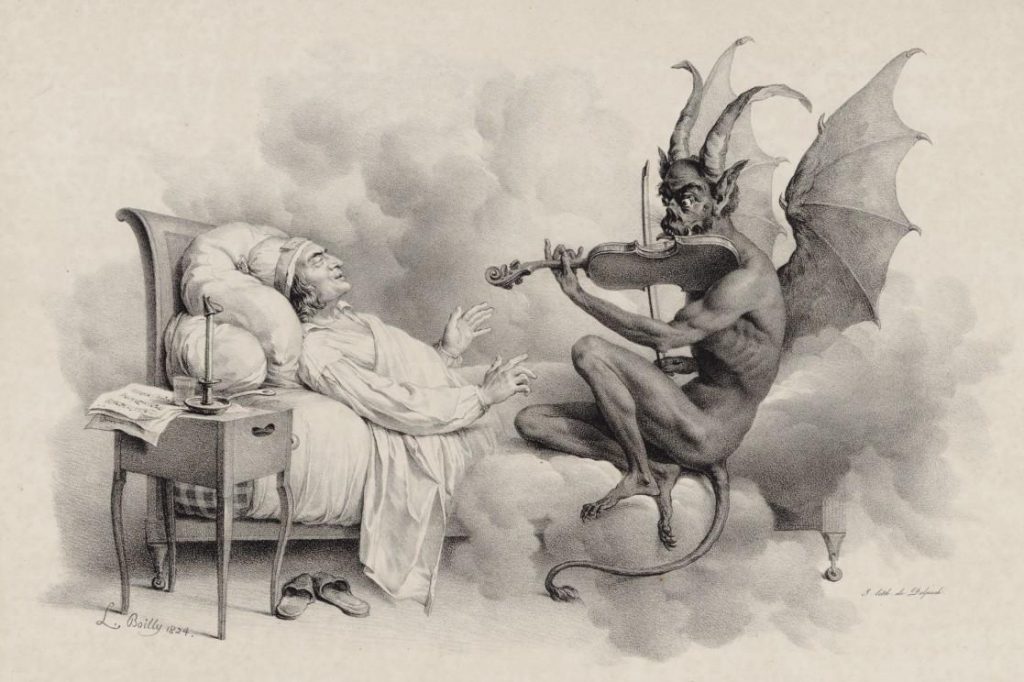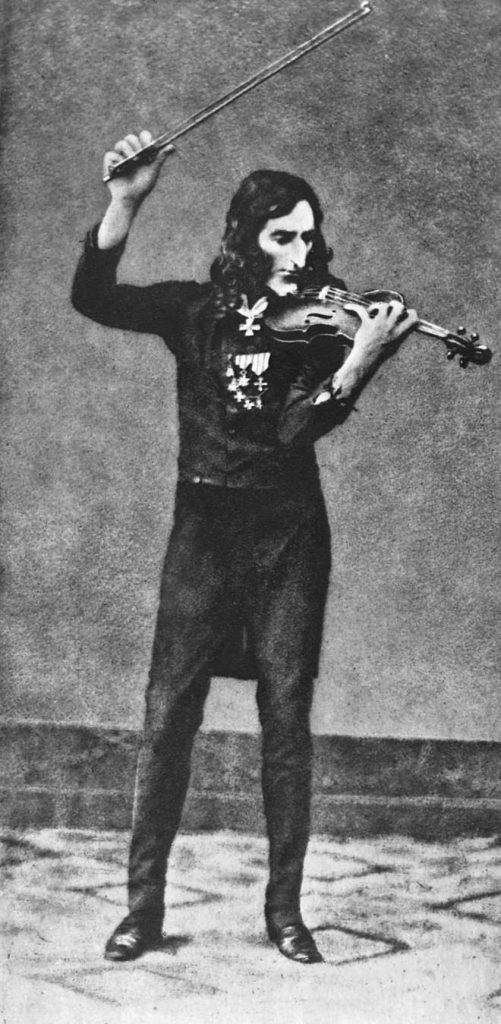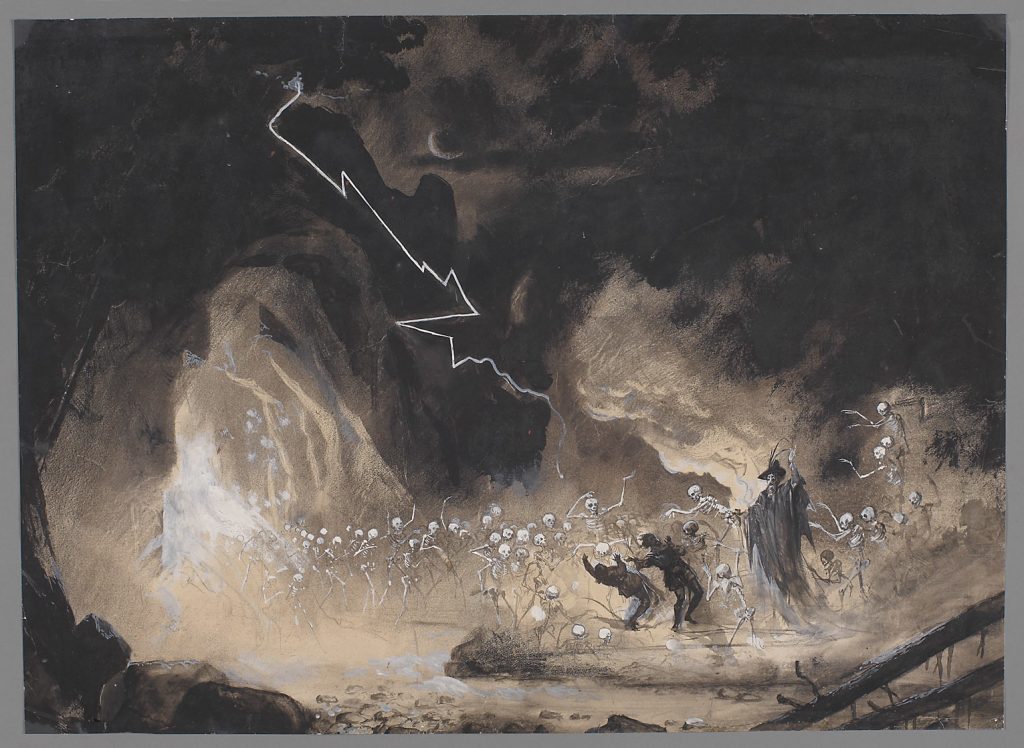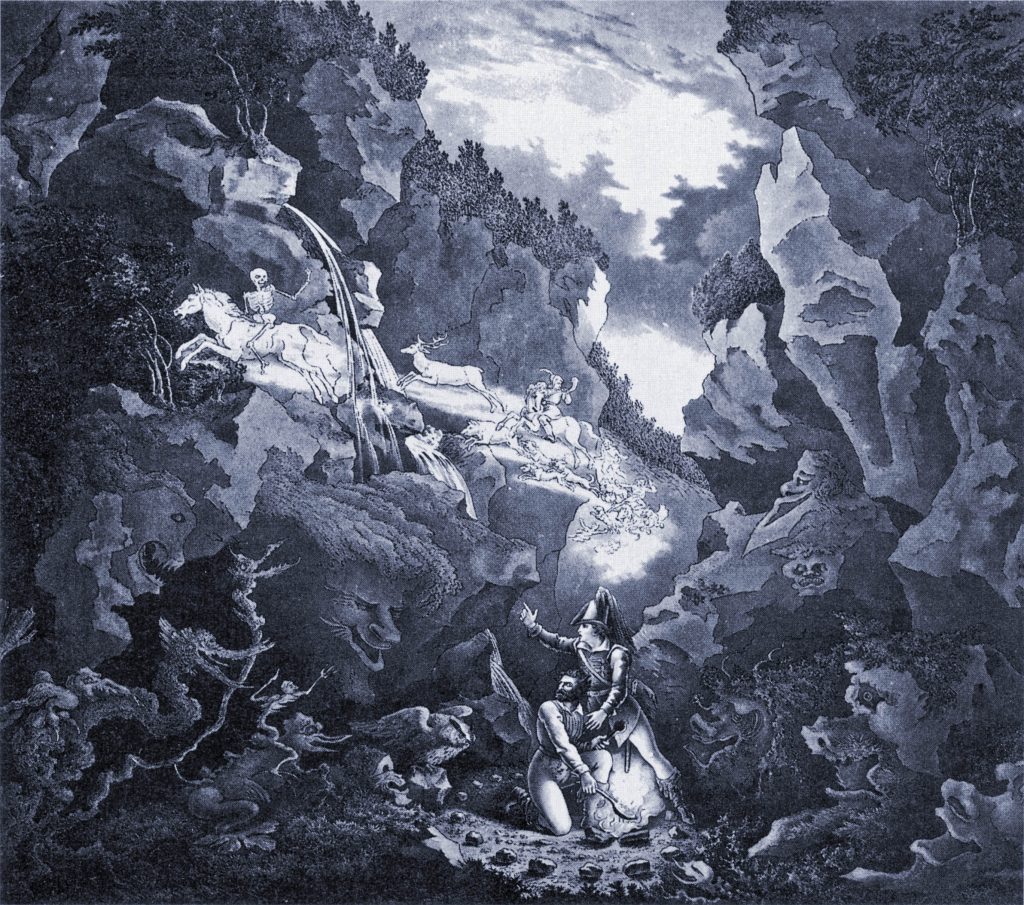
#23 Ghastly Saint Stories
Podcast: Play in new window | Download (Duration: 43:28 — 39.8MB)
Subscribe: Apple Podcasts | Spotify | Android | Podchaser | RSS | More
Our collection of ghastly stories of saints highlights notions of extreme self-mortification as a spiritual practice along with a preoccupation with the saintly body after death.
While these aspects of Catholicism are anathema to secular outsiders and jarring to many contemporary adherents, they’ve been embraced by the Gothic. We begin with an illustrative clip from John Huston’s 1979 adaptation of Flannery O’Connor’s Southern Gothic classic Wise Blood.
The case of 15th-century Florentine Maria Magdalena de’Pazzi provides an example in terms of extreme mortification from an early age. Wilkinson reads some passages noting her ingenious use of found materials in her program of suffering. Along the way, we note some more traditional tools of self-punishment like the cilice, or hair-shirt and its varieties.
Submission to the natural process can also be a form of mortification when it comes to the carnivorous habits of insects. We hear some stories in this regard from the hagiographies of Ita of Killedy, St. Macarius of Alexandria, as well as Rita of Cascia.
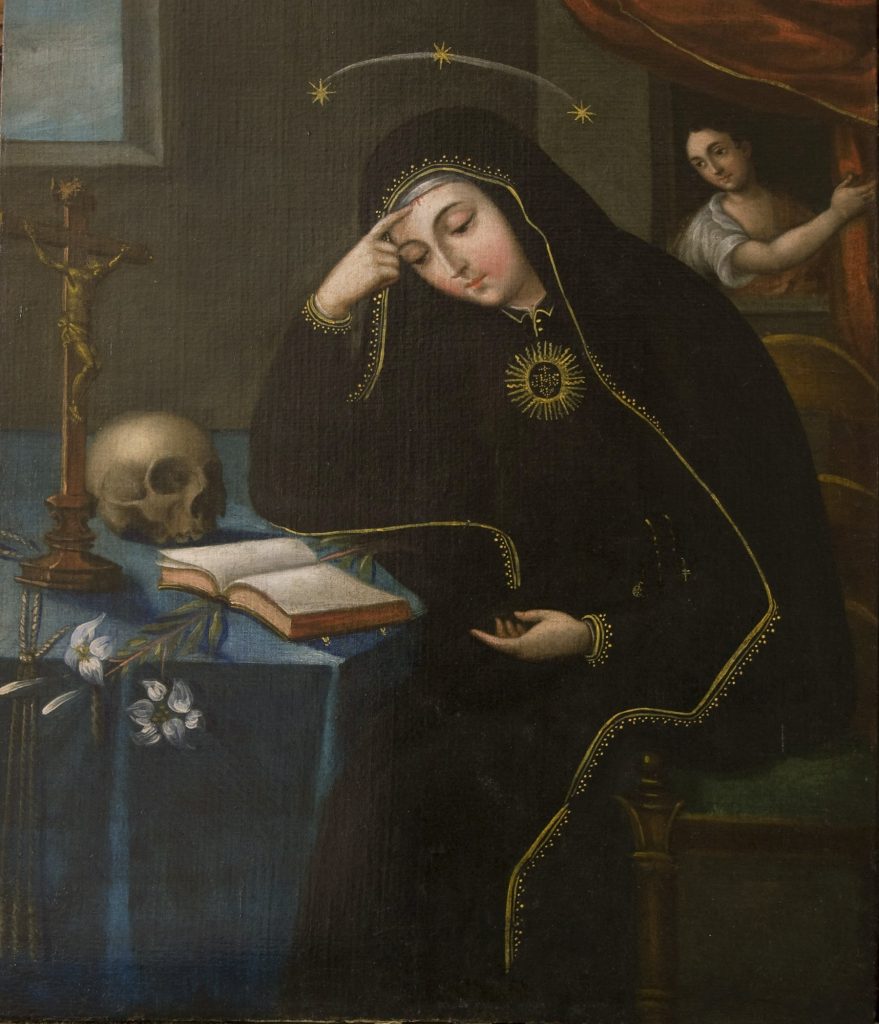
The story of Belgium’s holy woman Christina the Astonishing includes not only fantastical tales of self-destructiveness, but also her resurrection from death at the age of 21. Some listeners will be familiar with Christina from the song of that name by Nick Cave, from which we hear a clip. Christina’s ability to smell “the scent of human corruption,” we also learn, was shared by saints Joseph of Cupertino, Saint John of the Cross, and Gemma Galgani, to name a few.
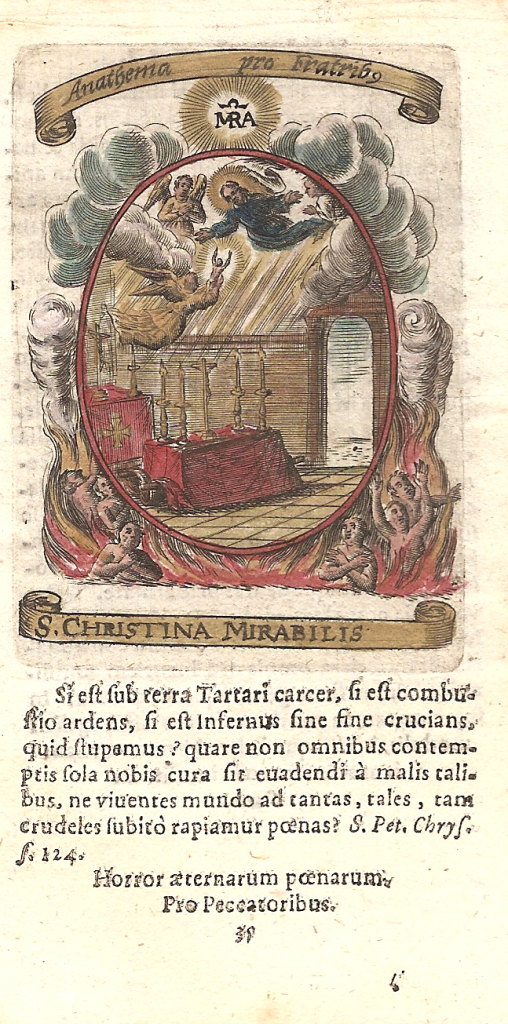
There is a complimentary concept to the smell of sin, namely the ” Odor of Sanctity” often said to waft from the body of a saint. In saint stories, this seems to be most often mentioned in contexts least likely to be associated with pleasant smells, that is, sickness, death, and long after death when the body should be at its most foul. We hear a particularly odd story in this regard from the hagiography of 14th-century Dutch Saint Lidwina.
Next up is the topic of saintly incorruptibility, or the unnatural preservation of a body after death. We learn a bit about what standards are here applied when it comes to cannonization and hear a few outstanding cases.
The capacity to occasionally move after death is also attributed to number of these mummified saints. We hear some rather unsettling stories illustrating this — St. Rita of Cascia and Mary Magdalene de’ Pazzi again, as well as the blessed Pietro of Gubbio, and an earthquake story involving the animated corpse of St. Eustochia of Messina, Italy.
The remainder of the show looks at stigmatics, those said to bear marks similar to the five “Holy Wounds” received by Christ in his Passion. We hear a creepy, old recording telling the tale of “Little Rose” Ferron, a 20th-century stigmatic from Rhode Island as well as some graphic first-hand accounts of visits with stigmatics Therese Neumann (Bavaria) and Maria Domenica Lazzari (South Tyrol). Some remarkable watercolors of Lazzari here.
We end or collection of ghastly saint stories with some particularly ghastly stories of holy people ingesting unholy things for the sake of holiness (St. Catherine of Genoa and St. Veronica Giuliani) as well as St. Catherine of Siena, who also provides a final anecdote as a sort of palette -cleanser.
